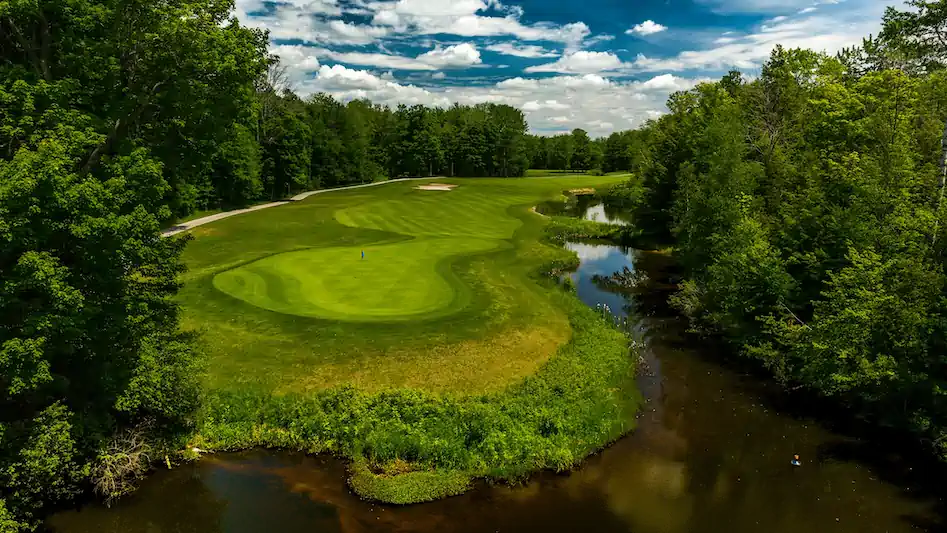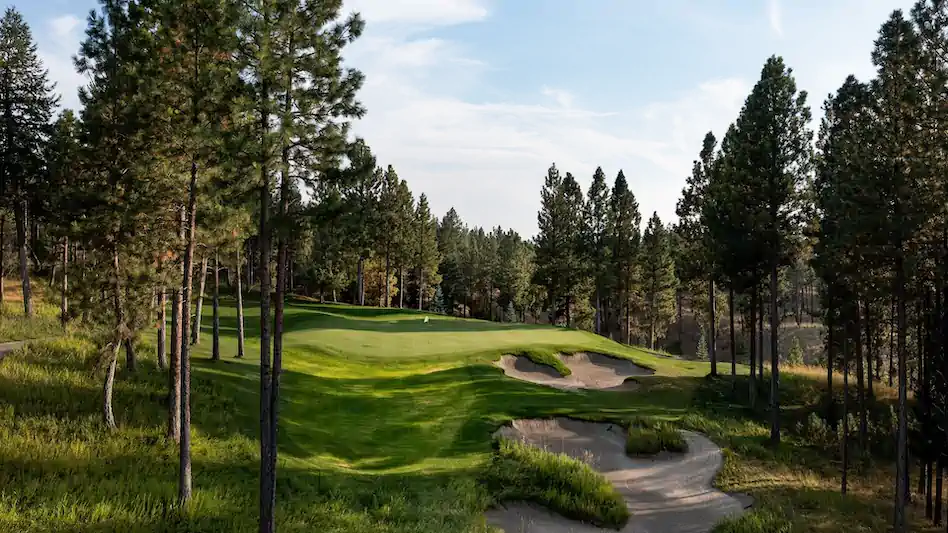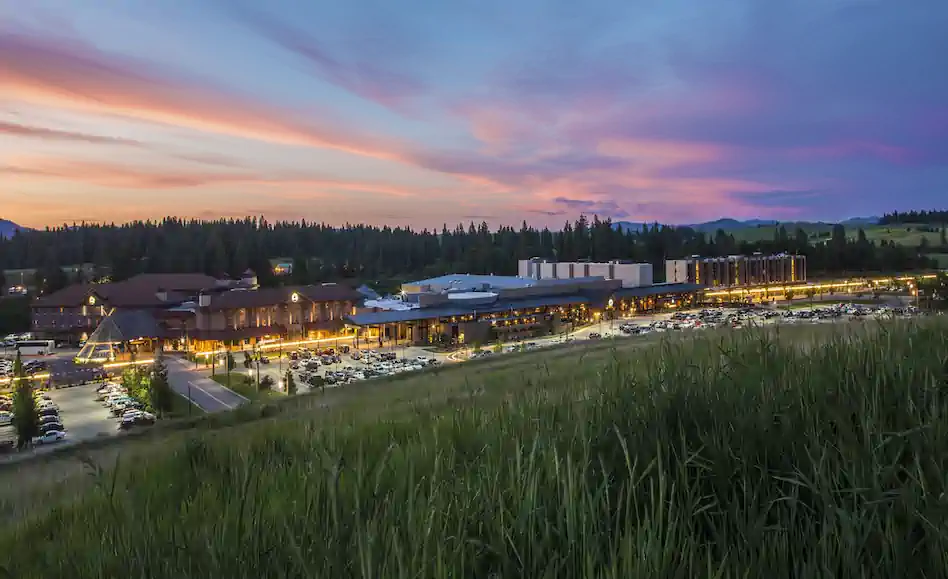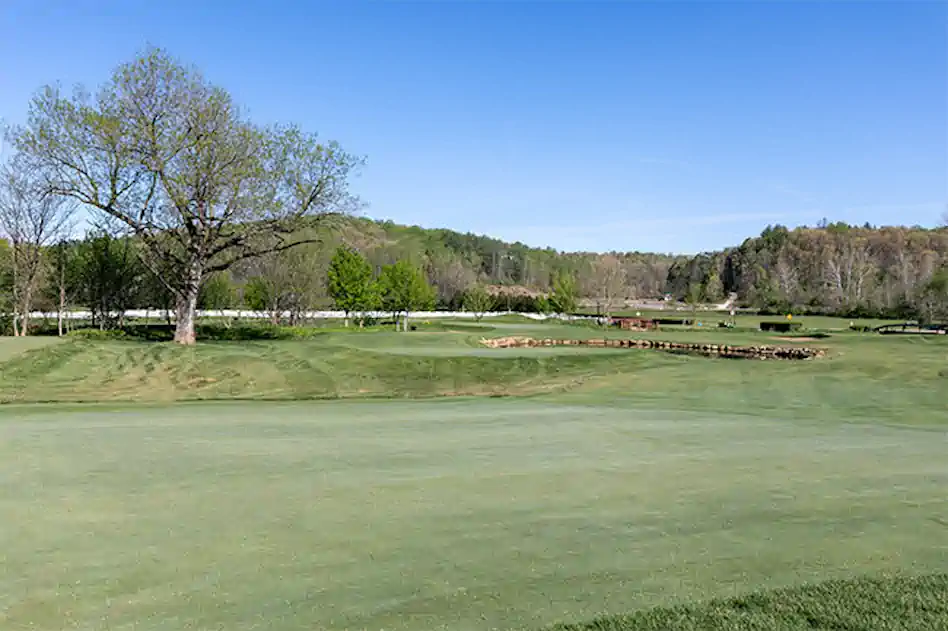Champion Hills, a renowned golf community in Hendersonville, North Carolina, faced an unprecedented challenge when Hurricane Helene swept through in late September 2024. The storm’s torrential rains and fierce winds wreaked havoc on Tom Fazio’s acclaimed “Mountain Masterpiece,” leaving the course and its surrounding community with a daunting road to recovery. This is how Champion Hills was rebuilt with heart, resilience, and determination.
The Storm’s Impact on Champion Hills
Hurricane Helene caused significant damage to Champion Hills Golf Club, one of America’s Top 100 residential courses. The storm led to washouts, landslides, and erosion, particularly along the course’s natural creeks. Holes 11, 15, 16, and 18 bore the brunt of the destruction, leaving the course in dire need of restoration. The immediate priority was ensuring the safety of members, staff, and the surrounding neighborhood. Once this was accomplished, the focus shifted to restoring the course to its former glory.
Leadership and Teamwork in Recovery
Guided by a resilient board and membership, General Manager Alan Deck and Course Superintendent Alan Burnette spearheaded the recovery efforts. Their leadership was instrumental in bringing Champion Hills back stronger than ever. The team remained committed to the restoration project despite personal hardships, such as Burnette’s home being damaged by a fallen tree.
The teamwork extended beyond the staff to include the club’s membership. Members played a crucial role by raising six figures to support employees affected by the storm. This collective effort underscored the community’s understanding that quality restoration takes precedence over speed.
Innovative Restoration Techniques
Champion Hills partnered with Aspen Construction, fresh off a project at Augusta National, to tackle the extensive damage. Aspen Construction collaborated with the Fazio Design team to restore creek banks and level tees and complete bunker work. Advanced techniques such as capillary concrete for bunkers and SOX erosion control systems were employed to enhance long-term resilience.
Thoughtful changes were made to improve playability and durability. For example, a bunker on Hole 16 was removed, and creek banks on Holes 11, 15, and 16 were stabilized using innovative methods. These efforts restored the course and prepared it to withstand future extreme weather events.
Progress and Milestones
The recovery process was multi-staged, beginning with clearing roads and assessing damages. By early October 2024, the front nine holes reopened, providing members with limited playability. As of April 1, 2025, 17 holes were back in operation, with the 18th hole expected to reopen in early May.
Head Golf Professional Eric Fowler and Membership Director Heather Myers found creative ways to keep members engaged during the restoration. Their innovative approaches ensured the community remained connected and supportive throughout the process.
Champion Hills: A Model of Resilience
The restoration of Champion Hills is a testament to resilience, collaboration, and forward-thinking. The club’s ability to overcome adversity and rebuild stronger than before inspires other communities facing similar challenges. Champion Hills has not only restored its course but also reinforced its reputation as a premier golf destination.
Champion Hills’ journey of resilience and restoration highlights the power of community and innovation. As the club prepares to reopen fully, it serves as a shining example of what can be achieved when people come together with determination and heart.














